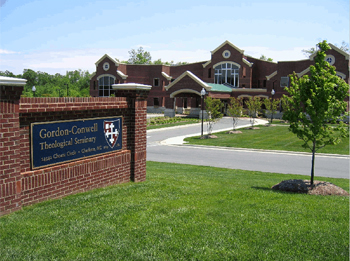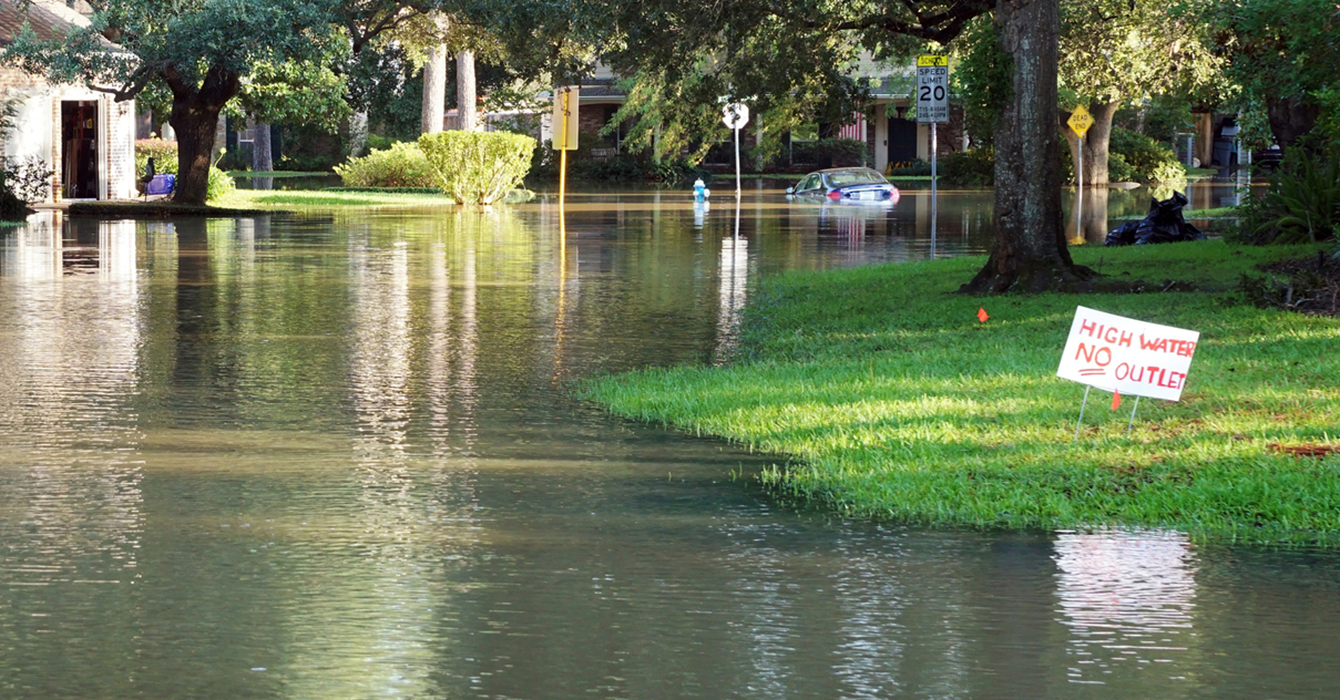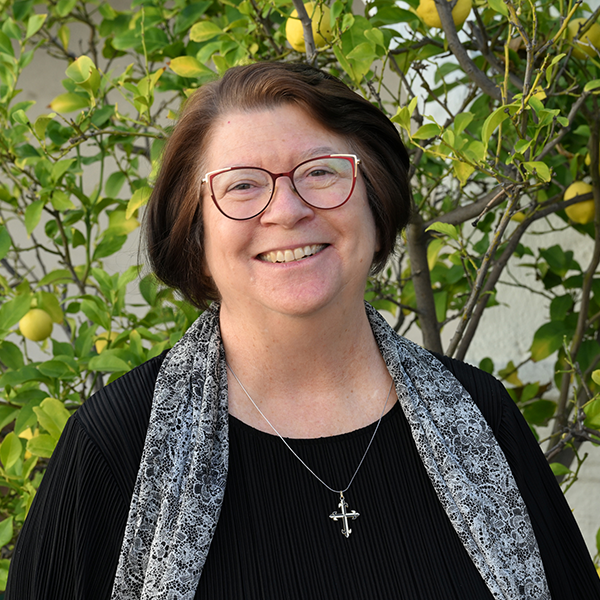Robert E. Cooley is president emeritus of Gordon-Conwell Theological Seminary. He served as president of Gordon-Conwell from 1981 to 1997 and is widely known for his 50 years of study and excavations in the Middle East. He is also an expert in governance, board leadership, administrative structuring and strategic planning.
 Cooley is the past president of the Association of Theological Schools and is a recipient of its Distinguished Service Award. He is lead author of The President’s Role in Governance for the ATS Handbook for Seminary Presidents.
Cooley is the past president of the Association of Theological Schools and is a recipient of its Distinguished Service Award. He is lead author of The President’s Role in Governance for the ATS Handbook for Seminary Presidents.
He also was the lead consultant on the Kern Family Foundation’s 2009 grants for innovation in seminary education. Click here to see a related story about Gordon-Conwell’s distance learning efforts.
He shared his thoughts about the rapid expansion of technological resources for teaching and learning in an interview with Faith & Leadership.
Q: With help from a Kern Family Foundation grant, Gordon-Conwell’s Charlotte campus is trying to harness the power of technology with a new program. Are such programs the future of theological education as opposed to physically attending a seminary?
Yes, the second-generation model of theological education at GCTS-Charlotte will be the future. The first generation’s elements involving adult education, mentored ministry and contextual learning were very successful, but even these will need further updating with increased technologies and new educational formats. The blending of independent study along with short-term, on-site study modules and much greater attention to learning outcomes will mark the second generation.
Q: You were president of Gordon-Conwell Theological Seminary from 1981 to 1997. That’s a long time, but in terms of the Internet and other communications developments -- the iPhone and Facebook, for instance -- the 12 years since you retired seem even longer. What is different about theological education in this technological environment than in the one in which you served as president?
There are two forces currently confronting theological education that were only beginning to appear during my presidency at GCTS: the increase in multi-ethnicity/pluralism and the rapid expanding of teaching and learning resources through various technologies. Theological education now must adapt to these forces through innovation and change.
Q: For those involved in teaching and spreading the Good News, it would seem that improved communications technology would be an asset. But is it always? Is it actually harder to get a message through in an expanded and disjointed realm of communication in which people are both more aware and more distracted?
A new communication and information culture is in the process of formation on a global basis. As the classroom, lecture hall and laboratory were the means to communicate and inform in the recent past, technologies of all designs will need to be employed to educate younger and new generations of students. Residential education is far too expensive for the current global economy; therefore, economies will be achieved through improved communication technologies.
We are being called upon to be innovative and design a capacity for knowledge asset management. The personal, interactive, on-site and formational needs of education will be provided through short, non-residential modules and through the creation of new learning contexts, such as the congregation and civil organizations. This will call for new kinds of professors, new teaching-learning formations, and the engagement of a larger cadre of tutors and mentors.
Q: The power of technology to enhance teaching is clear. But does that advance come at the expense of developing emotional intelligence, the kind of knowledge one gains from close, in-person interaction with individuals? Can ministers really become better at the intimate work of dealing with the faith and doubt of church members by taking courses though a computer?
The computer can do a superior job of providing information, content and learning resources. But it will still require methodologies that will place the student in the real, live context -- people.
For example, theory can explain doubt. But it still requires human confrontations to address it, to learn how to overcome it and to build faith. That is why the computer will never completely replace the professor. Mentors and spiritual formation will be necessary to prepare effective pastors and teachers.
Q: If you were a young seminarian today, what would be your approach to using technology to learn and to minister?
It would all depend upon what education I decided I would pursue and where it was offered. A more traditional school may only require the use of technology as a support to classroom learning, the searching for resources, and the capturing of information through files and electronic recording. I would suspect that such a school would have a high involvement of professors, classrooms and learning centers.
If I decided on a more independent course of study, then I would select a seminary that offered the most advanced and innovative online learning program that included some blending with on-site modules, chat or communication groups and a tracking of learning outcomes. A congregational context would be essential for this design to be fully effective.
Q: American Protestantism has made efforts at various levels to become relevant to today’s society, yet for many young people membership in a church seems increasingly irrelevant. They are ignoring it or turning to a generic spirituality. How might technology help the church address and perhaps reverse this trend?
Technology can help the church to become more connected. The use of information to build community, to inform and to enrich spiritual living would address the 21st-century youth. The gospel creates a community; the gospel creates a society. These can be strengthened through technologies, if employed meaningfully. But, in the final analysis, nothing can replace the need for being there.












